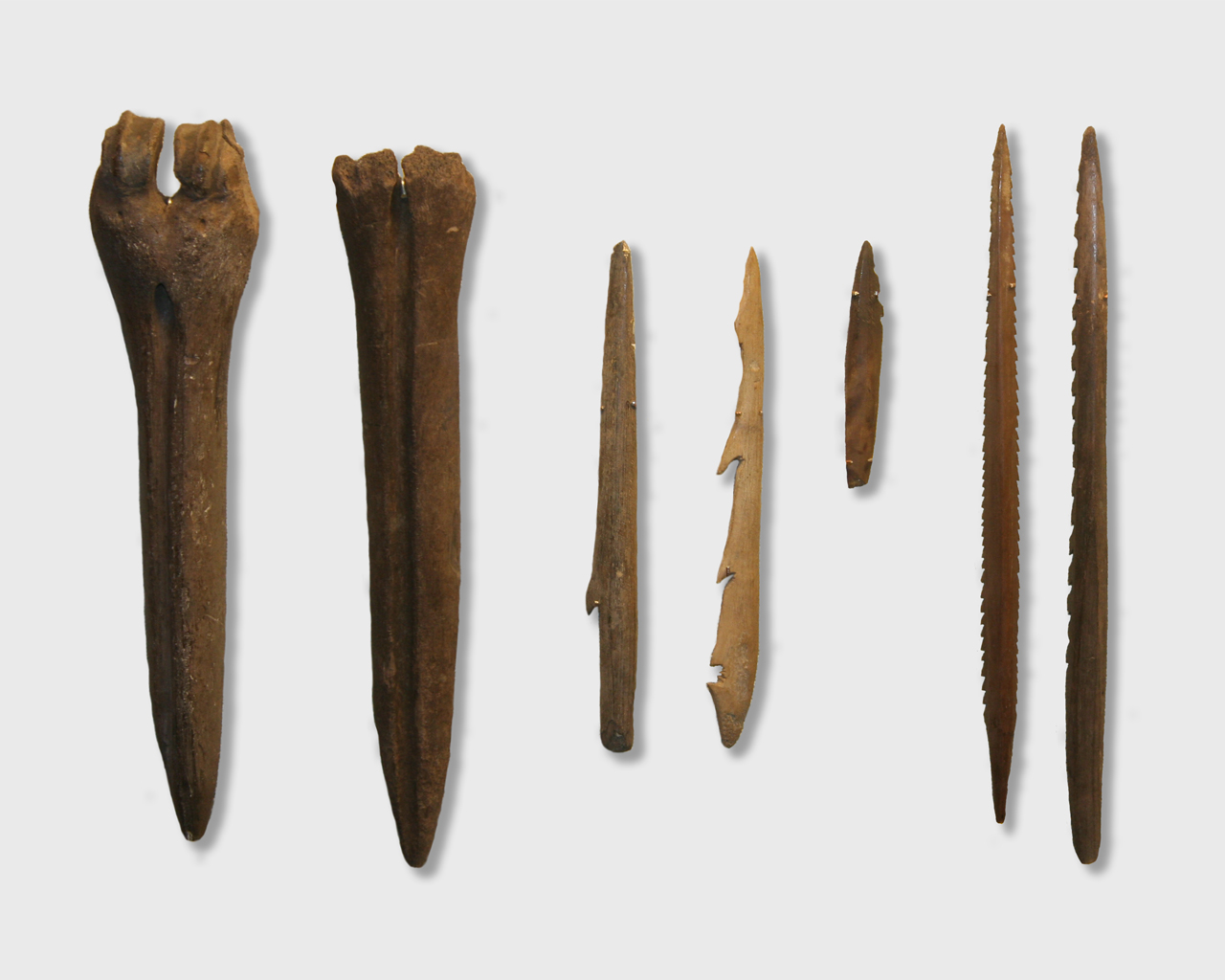|
Ago Pajur
Ago Pajur (born 24 March 1962 in Türi) is an Estonian historian. His principal fields of interest are the political history of Estonia in the first half of the 20th century, and the military history of Estonia in the 20th century. In 1999, he defended his doctoral thesis at the University of Tartu. Since 1991, he is teaching history of Estonia at Tartu University. In 2020, he was awarded with Order of the White Star The Order of the White Star ( et, Valgetähe teenetemärk; french: Ordre de l'Etoile Blanche) was instituted in 1936. The Order of the White Star is bestowed on Estonia Estonia, formally the Republic of Estonia, is a country by the Balti ..., V class. References Living people 1962 births 20th-century Estonian historians University of Tartu alumni University of Tartu faculty Recipients of the Order of the White Star, 5th Class People from Türi 21st-century Estonian historians {{Estonia-bio-stub ... [...More Info...] [...Related Items...] OR: [Wikipedia] [Google] [Baidu] |
Türi
Türi is a town in Järva County, Estonia. It is the administrative centre of Türi Parish. Since 2000, Türi is known as the "spring capital" of Estonia. It has a railway station on the Tallinn - Viljandi railway line operated by Elron (rail transit). History *1347 Türi first mentioned in historical records by the German language name of Turgel *1687 The establishment of the first school *1900 Railway traffic (Viljandi–Tallinn, Türi–Paide) opened *1917 Türi gains the rights of a market town *1924 The first secondary education institution in Türi opened – Türi Horticultural Gymnasium *1926 The rights of a town given to Türi *1937 Erection of a radio mast. The mast was blown up by soviet forces in 1941 *1950 - 1959 Türi - the centre of Türi County. *1995 Türi Museum opened. *1997 Türi College of the University of Tartu for environmental science studies opened *2000 Türi declared the Spring Capital of Estonia by Mart Laar, the prime minister of Estonia *2005 Tü ... [...More Info...] [...Related Items...] OR: [Wikipedia] [Google] [Baidu] |
Estonia
Estonia, formally the Republic of Estonia, is a country by the Baltic Sea in Northern Europe. It is bordered to the north by the Gulf of Finland across from Finland, to the west by the sea across from Sweden, to the south by Latvia, and to the east by Lake Peipus and Russia. The territory of Estonia consists of the mainland, the larger islands of Saaremaa and Hiiumaa, and over 2,200 other islands and islets on the eastern coast of the Baltic Sea, covering a total area of . The capital city Tallinn and Tartu are the two largest urban areas of the country. The Estonian language is the autochthonous and the official language of Estonia; it is the first language of the majority of its population, as well as the world's second most spoken Finnic language. The land of what is now modern Estonia has been inhabited by '' Homo sapiens'' since at least 9,000 BC. The medieval indigenous population of Estonia was one of the last "pagan" civilisations in Europe to adop ... [...More Info...] [...Related Items...] OR: [Wikipedia] [Google] [Baidu] |
University Of Tartu
The University of Tartu (UT; et, Tartu Ülikool; la, Universitas Tartuensis) is a university in the city of Tartu in Estonia. It is the national university of Estonia. It is the only classical university in the country, and also its biggest and most prestigious university. It was founded under the name of ''Academia Gustaviana'' in 1632 by Baron Johan Skytte, the Governor-General (1629–1634) of Swedish Livonia, Ingria, and Karelia, with the required ratification provided by his long-time friend and former student – from age 7 –, King Gustavus Adolphus, shortly before the king's death on 6 November in the Battle of Lützen (1632), during the Thirty Years' War (1618–1648). Nearly 14,000 students are at the university, of whom over 1,300 are foreign students. The language of instruction in most curricula is Estonian, some more notable exceptions are taught in English, such as semiotics, applied measurement science, computer science, information technology law, and Eu ... [...More Info...] [...Related Items...] OR: [Wikipedia] [Google] [Baidu] |
History Of Estonia
The history of Estonia forms a part of the history of Europe. Humans settled in the region of Estonia near the end of the Quaternary glaciation, last glacial era, beginning from around 8500 BC. Ancient Estonia: pre-history Mesolithic Period The region has been populated since the end of the Quaternary glaciation, Late Pleistocene glaciation, about 10,000 BC. The earliest traces of human settlement in Estonia are connected with the Kunda culture. The early mesolithic Pulli settlement is located by the Pärnu River. It has been dated to the beginning of the 9th millennium BC. The Kunda culture received its name from the Kunda, Estonia, ''Lammasmäe'' settlement site in northern Estonia, which dates from earlier than 8500 BC. Bone and stone artifacts similar to those found at Kunda have been discovered elsewhere in Estonia, as well as in Latvia, northern Lithuania and southern Finland. Among minerals, flint and quartz were used the most for making cutting tools. Neolithic Perio ... [...More Info...] [...Related Items...] OR: [Wikipedia] [Google] [Baidu] |
Order Of The White Star
The Order of the White Star ( et, Valgetähe teenetemärk; french: Ordre de l'Etoile Blanche) was instituted in 1936. The Order of the White Star is bestowed on Estonia Estonia, formally the Republic of Estonia, is a country by the Baltic Sea in Northern Europe. It is bordered to the north by the Gulf of Finland across from Finland, to the west by the sea across from Sweden, to the south by Latvia, and t ...n citizens and foreigners to give recognition for services rendered to the Estonian state. Design Classes The Order of the White Star comprises one special collar class, five basic classes, and one medal: * Special class: Collar of the Order. It is a golden necklet that has smaller Stars in its design all around it. * The five main classes: ** First Class – It has two different types, the male version and the female version. The male version of the Order of the White Star has wider ribbons than the female class. ** Second Class – It has two different types, ... [...More Info...] [...Related Items...] OR: [Wikipedia] [Google] [Baidu] |
Living People
Related categories * :Year of birth missing (living people) / :Year of birth unknown * :Date of birth missing (living people) / :Date of birth unknown * :Place of birth missing (living people) / :Place of birth unknown * :Year of death missing / :Year of death unknown * :Date of death missing / :Date of death unknown * :Place of death missing / :Place of death unknown * :Missing middle or first names See also * :Dead people * :Template:L, which generates this category or death years, and birth year and sort keys. : {{DEFAULTSORT:Living people 21st-century people People by status ... [...More Info...] [...Related Items...] OR: [Wikipedia] [Google] [Baidu] |
1962 Births
Year 196 ( CXCVI) was a leap year starting on Thursday (link will display the full calendar) of the Julian calendar. At the time, it was known as the Year of the Consulship of Dexter and Messalla (or, less frequently, year 949 ''Ab urbe condita''). The denomination 196 for this year has been used since the early medieval period, when the Anno Domini calendar era became the prevalent method in Europe for naming years. Events By place Roman Empire * Emperor Septimius Severus attempts to assassinate Clodius Albinus but fails, causing Albinus to retaliate militarily. * Emperor Septimius Severus captures and sacks Byzantium; the city is rebuilt and regains its previous prosperity. * In order to assure the support of the Roman legion in Germany on his march to Rome, Clodius Albinus is declared Augustus by his army while crossing Gaul. * Hadrian's wall in Britain is partially destroyed. China * First year of the '' Jian'an era of the Chinese Han Dynasty. * Em ... [...More Info...] [...Related Items...] OR: [Wikipedia] [Google] [Baidu] |
University Of Tartu Alumni
A university () is an institution of higher (or tertiary) education and research which awards academic degrees in several academic disciplines. ''University'' is derived from the Latin phrase ''universitas magistrorum et scholarium'', which roughly means "community of teachers and scholars". Universities typically offer both undergraduate and postgraduate programs. The first universities in Europe were established by Catholic Church monks. The University of Bologna (), Italy, which was founded in 1088, is the first university in the sense of: *being a high degree-awarding institute. *using the word ''universitas'' (which was coined at its foundation). *having independence from the ecclesiastic schools and issuing secular as well as non-secular degrees (with teaching conducted by both clergy and non-clergy): grammar, rhetoric, logic, theology, canon law, notarial law.Hunt Janin: "The university in medieval life, 1179–1499", McFarland, 2008, , p. 55f.de Ridder-Symoens, Hild ... [...More Info...] [...Related Items...] OR: [Wikipedia] [Google] [Baidu] |


